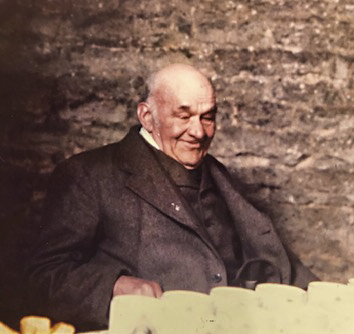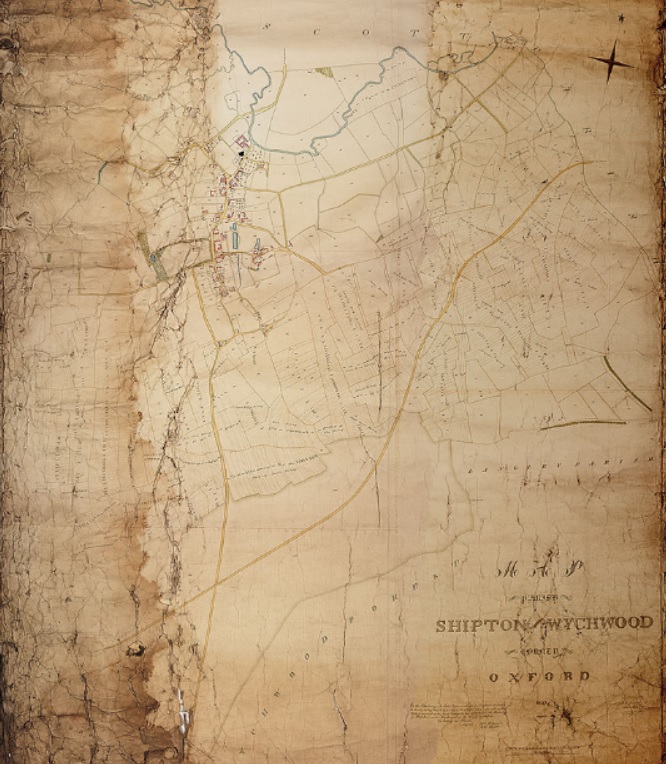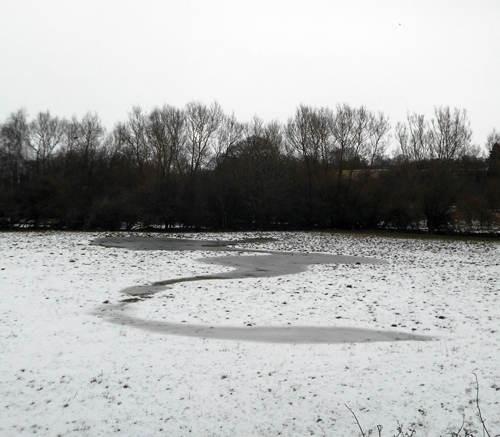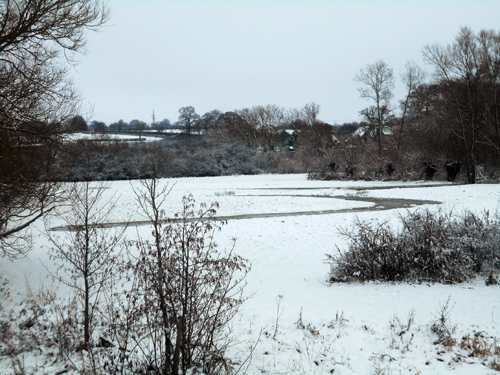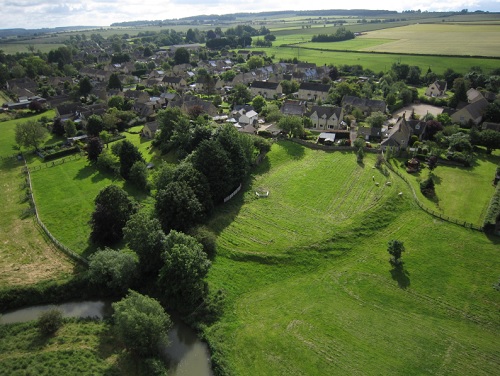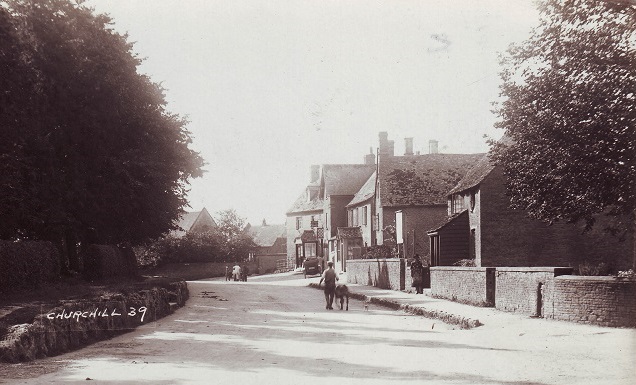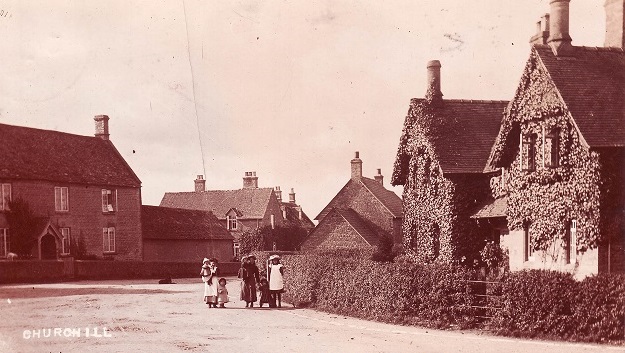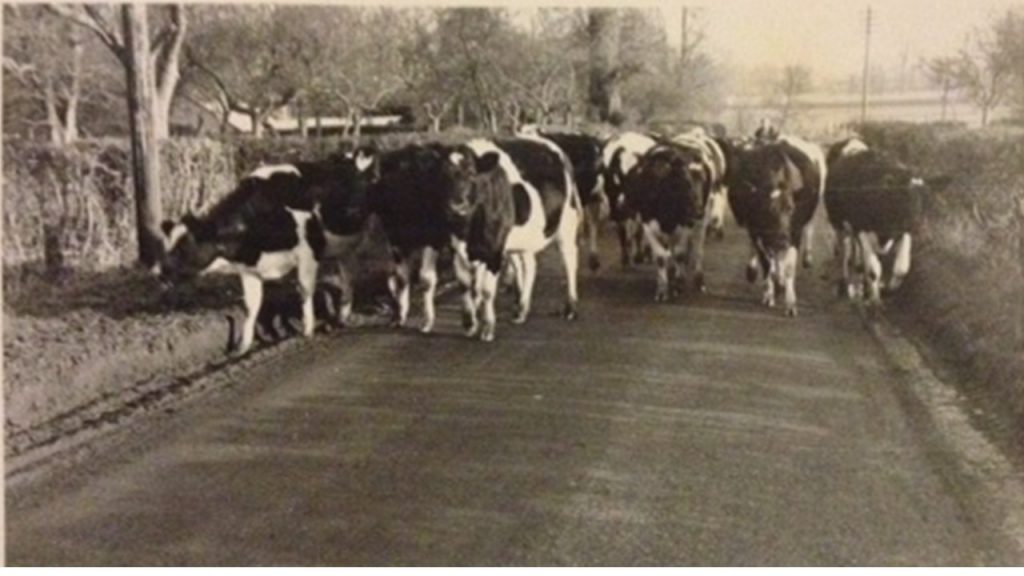Pantomimes have always been very popular in the Wychwoods, and we asked Sian O’Neill, a stalwart of many of the Wychwoods’ productions over the years, to recall some key moments of her involvement in those historic performances. Here are some of her memories.
About the Pantomimes – My Involvement
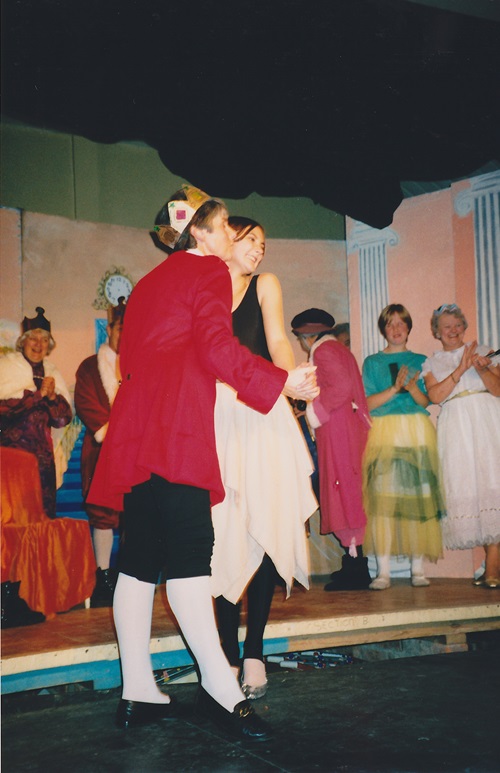
The pantomimes in Shipton under Wychwood were inspired by Daphne Waugh, who persuaded the Shipton Womens’ Institute to partake in shows which she herself wrote, directed, and produced. Gathering as many people from Shipton as she could, Daphne put their talents to great use.
Meanwhile, Milton under Wychwood had their own pantomime, again using the varied and great talents of people in the village.
And similarly, in Ascott under Wychwood the village enjoyed their own unique pantomimes. Each show was always well attended by their supporters.
In 1995 I was asked to direct the Shipton pantomime, written by Shipton resident John Drew – Cinderella! John was the wordsmith of the panto and my role was to contribute ideas, build structure and to add to the humour.
The Clothes Show: A Precursor and Fund-Raiser
I had produced a successful ‘Clothes show’ for the Youth of the Wychwoods, at Chipping Norton Theatre in 1994. The old Beaconsfield Hall was deteriorating and showing its age after more than a hundred years!
The village was on a mission to replace the hall, and fund-raising was the name of the game. Around 100 children trooped up to Chipping Norton Theatre and after numerous rehearsals, whilst at the same time chasing clothes sponsors for financial support, a very fine Clothes Show was performed.

On to the Wychwoods
Although I had danced and sung in many Womens’ Institute pantos in my youth, through Ballet school in Carmarthen, and had studied dance and drama at the Rudolf Laban studio in London, I had not undertaken such a task before.
Determinedly I set to. My daughter, the only member of the family to have attended the Womens’ Institute pantomime, had been a Brownie and then a Guide. Christine Halliday, who ran the Guides, was usually the principal boy! The Guides were invited along to the dress rehearsal, where my daughter insisted that I include the Commuters and the Penguins!
Commuters and the Penguins? What and Who!?
The Commuters and the Penguins were a tradition of several Wychwoods pantos, first introduced by Daphne Waugh.
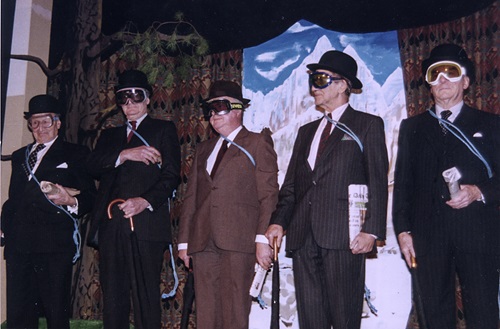
Despite the Commuters having such fabulous men as Sir John Graham, Ian Mathews, Malcolm Cochrane and Duncan Waugh, their individuality and insistence that they mustn’t peak too soon, was a force to be reckoned with! That at least one of them should go off in the wrong direction, or another one be out of tune in the song they were singing – or using the wrong leg – simply added extra hilarity to the sketch!
The Penguins had their own routine, and it didn’t matter what they did, because no one recognised them anyway, in their amazing penguin costumes. Horrifying! The village audience loved it!
More Cinderella Fun
But this wasn’t the end of the fun. The shocked expression on peoples’ faces when the curtains opened in the second half are still legendary! Six women – Pat Bannister, Pat Canning, Diane Johnson, Gail Huntingford, Barbara Wilson and Jane Hills stood clad in black miniskirts, fishnet tights, DM’s and leather jackets- the memory will stay with me forever!
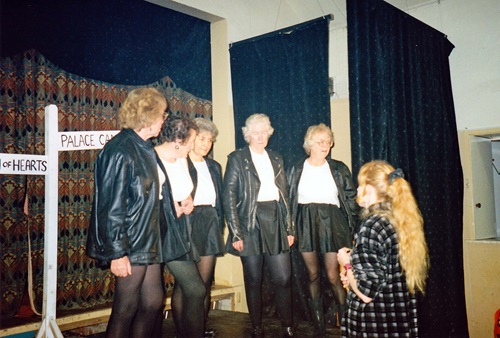
Cinderella 1995
And they had a great trick up their sleeves to follow. They had found a motorbike to whisk Cinderella off to the ball. Laura Marshall was Cinderella’s double and ran into the hall and onto the stage, clad in black, and with a puff of smoke Cinderella – Hilary Wilson, appeared with her beautiful ball clad outfit. Magical!
And after…
The next pantomime I directed was Rapunzel, written by Trudy Yates. Rachel Rodgers played the heroine. After this success, Jack and the Millenium Beanstalk followed. This was very ambitious -demanding some great and skilfully constructed scenery. I was also briefly involved with MAFIA – Milton’s pantomime, which again put on a tremendous show.
The establishment of the Wychwood Players Amateur Dramatic Society, forged initially by Daphne Waugh, really brought the villages together and developed peoples’ natural talents, enriching all our lives.

